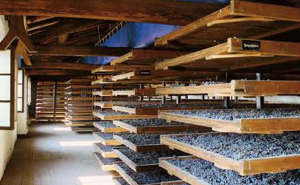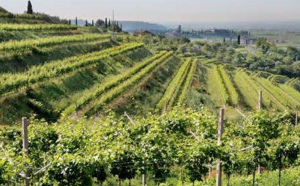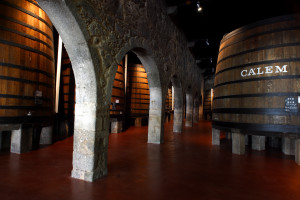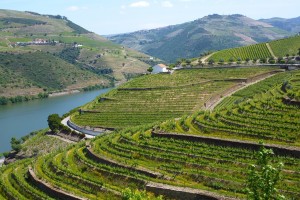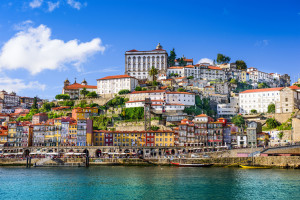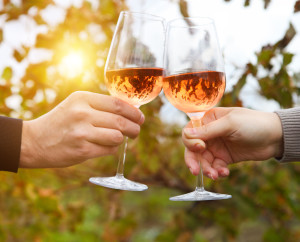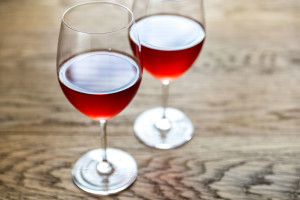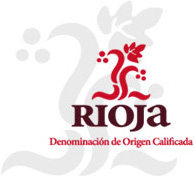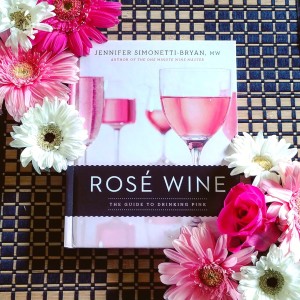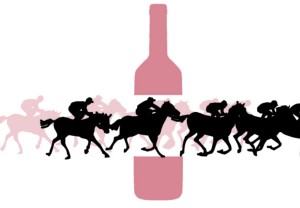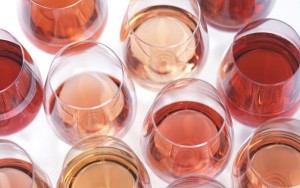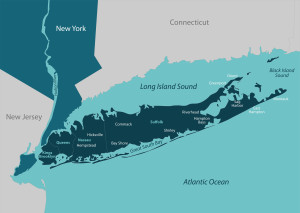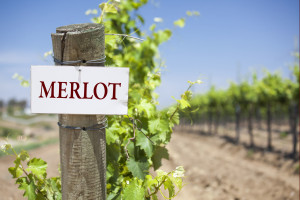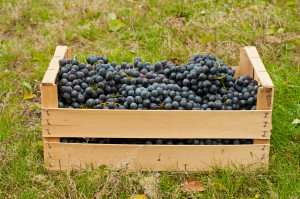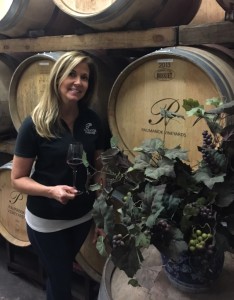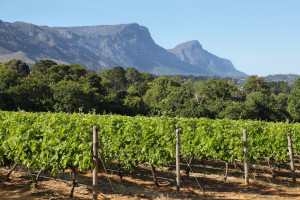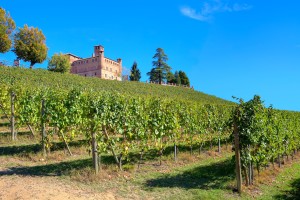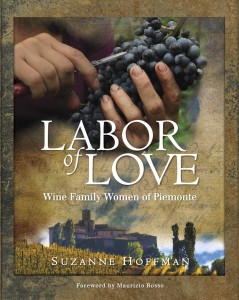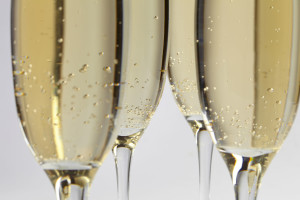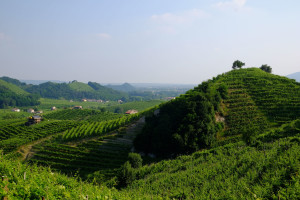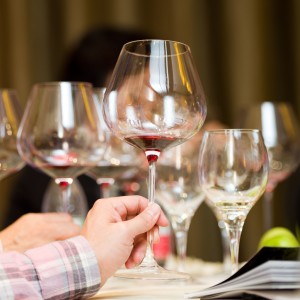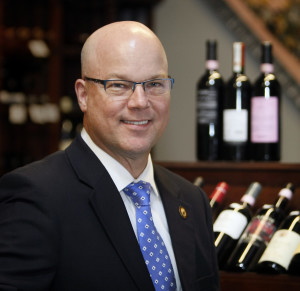Conference Preview: Today we have a conference preview from Raffaele Boscaini, Coordinator of the Masi Technical Group. Raffaele tells us about his upcoming session, to be presented as part of SWE’s upcoming 41st Annual Conference. This session looks to include some amazing opportunities to learn about (and taste) the intricacies of Amarone and other wines of Veneto. Read on!
Masi has always been an ambassador for the values of the Venetian Regions. Its story began in 1772, when the Boscaini family, now in its seventh generation, bought several prestigious vineyards in the “Vaio dei Masi”, in the heart of the Valpolicella Classica zone.
With its Masi Historic Venetian Estates, the Boscaini family sanctions its work in promoting the cultural traditions of “territories of excellence” through single vineyard wines (crus) and historic noble estates. In Valpolicella, Masi collaborates with the Conti Serego Alighieri family, descendants of the poet Dante and owners of the estate since 1353.
Considered world leaders in the production of Amarone Classico, Masi has developed recognized expertise in the appassimento technique through the efforts and research of its technical group. The appassimento technique dates back to the Ancient Romans and involves leaving grapes to dry on bamboo racks for the winter months in order to concentrate the aromas and flavors in the resulting wine.
While retaining the utmost respect to the ancient traditions, Masi has applied modern winemaking innovation to the appassimento technique and as a result is producing one of the widest and most expertly made range of Amaroni, Recioti and Double Fermentation wines – which together form Masi’s calling card in the world.
During the upcoming SWE Conference in Portland, Raffaele Boscaini, Coordinator of the Masi Technical Group, will lead you in the discovery of the secrets of making Amarone and other similar wines made with semi-dried grapes. This session will include a comparative tasting of wines made from the same grape varieties each separately vinified in both the “fresh” and “semi-dried” stages.
In addition, microvinified varietal wines will be compared with iconic wines from the Masi portfolio, including Bonacosta Valpolicella Classico, the double-fermented Campofiorin (Rosso del Veronese IGT) and the prized Costasera Amarone Classico. The contribution of each single variety to these exclusive Valpolicella blends will be revealed in a tasting designed to give close up appreciation of the transformation of aromas, perfumes and tastes by the appassimento process. In addition, Raffaele will discuss the current regulations of the DOCG for Amarone and why Masi uses only the indigenous Venetian varietals when producing Amarone, including the recently rediscovered Oseleta.
Raffaele Boscaini’s session will be held on Saturday, August 11 at 1:15 pm as part of SWE’s 41st Annual Conference, to be held in Portland, Oregon.
